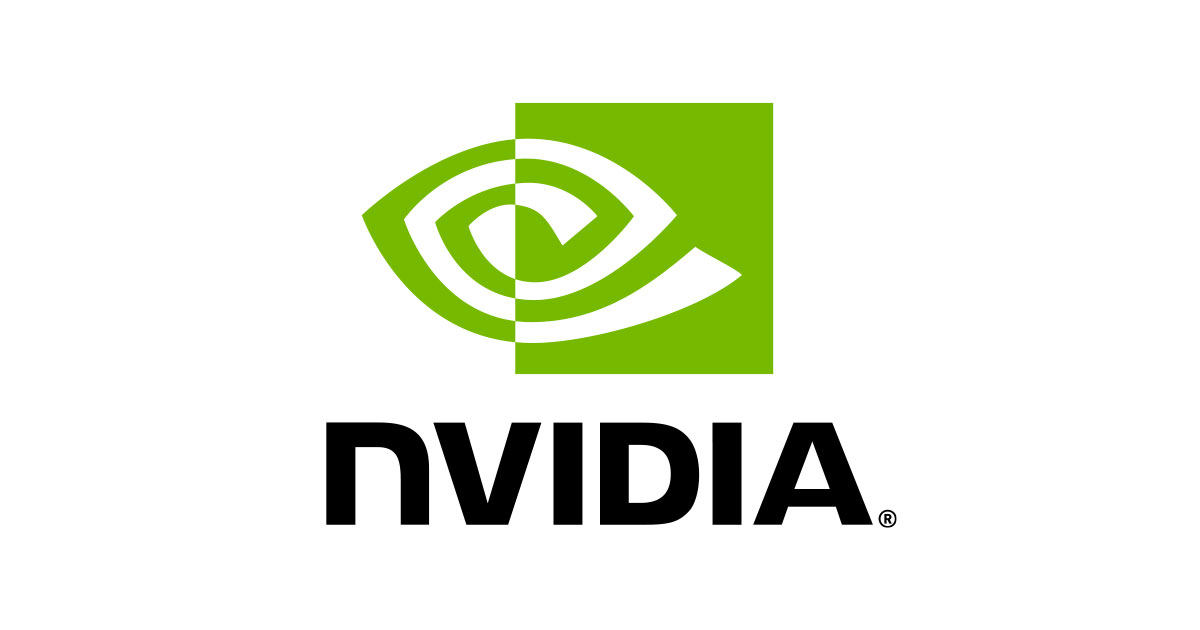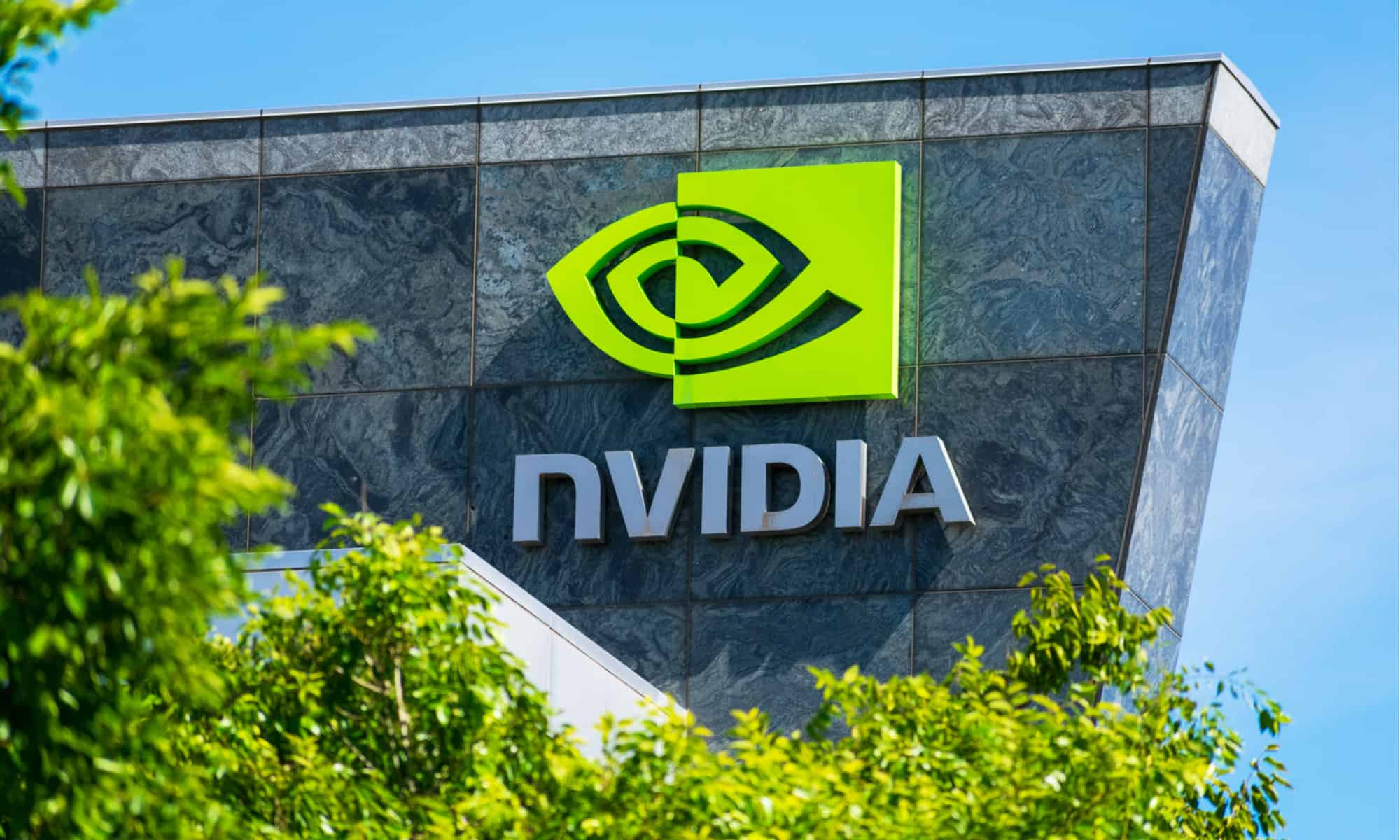Nvidia has made financial history by reaching a market capitalization of $3.92 trillion, briefly overtaking Apple to become the world’s most valuable company. This unprecedented leap, driven by Wall Street’s insatiable optimism for artificial intelligence (AI), has not only shaken up the global technology hierarchy but also underscored Nvidia’s transformation from a niche graphics chipmaker to the backbone of the AI revolution. The achievement, recorded on July 3, 2025, marks a defining moment for the semiconductor industry and signals a new era in the global race for technological supremacy.
Nvidia’s remarkable journey to the top of the global market capitalization rankings is not just a story of technological innovation, but also of strategic foresight and relentless execution. The company’s leadership has consistently anticipated shifts in the tech landscape, investing early in artificial intelligence, deep learning, and data center solutions at a time when many competitors were still focused on traditional computing markets. This willingness to bet on the future, even when it meant diverging from established industry trends, has paid off handsomely, positioning Nvidia as the engine powering the world’s AI revolution.
The company’s culture of innovation is deeply embedded in its DNA. Nvidia’s engineers and researchers have pioneered breakthroughs in GPU architecture, software frameworks, and AI toolkits that are now industry standards. The CUDA programming platform, for example, has become the backbone of high-performance computing, enabling scientists, developers, and enterprises to harness the full power of Nvidia hardware for everything from medical research to financial modeling. This ecosystem approach has created a virtuous cycle, drawing more developers and partners into Nvidia’s orbit and reinforcing its market dominance.
Nvidia’s impact extends far beyond the technology sector, influencing industries as diverse as automotive, healthcare, entertainment, and scientific research. The company’s chips are at the heart of autonomous vehicle systems, helping cars “see” and react to their surroundings in real time. In healthcare, Nvidia-powered AI is accelerating drug discovery, enabling faster and more accurate diagnoses, and supporting the development of personalized medicine. Even in creative fields, Nvidia’s technology is driving advances in visual effects, animation, and real-time rendering, empowering artists and designers to push the boundaries of their craft.

1. Nvidia Surpasses Apple: The Numbers Behind the Record
On Thursday, Nvidia’s shares surged 2.4% to close at $160.98, lifting its market cap to approximately $3.92 trillion. This historic valuation briefly put Nvidia ahead of Apple, whose previous record closing value stood at $3.915 trillion set in December 2024. Microsoft now holds the second spot with a market cap of $3.7 trillion, while Apple sits in third place at $3.19 trillion.
Nvidia’s meteoric rise is nothing short of extraordinary. Just four years ago, the company’s market value hovered around $500 billion. The nearly eightfold increase since 2021 highlights the explosive demand for Nvidia’s AI chips, which have become essential for training and deploying the world’s most advanced large language models and AI applications. The company’s current valuation now exceeds the combined market capitalization of all publicly listed companies in Canada and Mexico, and even surpasses the total value of all publicly traded companies in the United Kingdom.
2. The AI Revolution: How Nvidia Became the World’s Most Valuable Company
Nvidia’s ascent is powered by its dominance in the AI chip market. Originally known for its graphics processing units (GPUs) used in video gaming, Nvidia’s technology has become the backbone of next-generation computing infrastructure. Its high-performance GPUs are now indispensable for training and running large-scale AI models, which are at the heart of everything from generative AI to autonomous vehicles and advanced robotics.
Tech giants such as Google, Microsoft, Amazon, Meta, and Tesla are in a race to build advanced AI data centers, and all rely heavily on it’s specialized chips. The company’s latest processors are central to powering the most advanced generative AI systems, making it a crucial enabler of the global AI transition. Wall Street’s confidence in it has soared, with investors betting that the company’s pricing power and strong order backlog will sustain its momentum well into the future.
3. Market Impact and Global Significance
It’s achievement has sent ripples through global financial markets. The company’s market cap now rivals the GDP of major economies and eclipses the entire value of some of the world’s largest stock exchanges. Its rise is seen as a barometer of the AI boom, which is reshaping industries from healthcare to finance and manufacturing.
The surge in it’s stock price—up more than 68% since April 4—reflects both investor enthusiasm and the company’s ability to rebound from market jitters, such as those triggered by U.S. tariff announcements earlier this year. While analysts warn that it’s rally could face headwinds if chip production scales up or geopolitical tensions disrupt supply chains, the company’s robust demand outlook and global customer base provide a strong foundation for continued growth.
Nvidia’s valuation now exceeds the combined worth of all publicly listed companies in Canada and Mexico, and even surpasses the total value of all publicly traded firms in the United Kingdom. This dominance cements Nvidia’s status as a foundational player in the global AI revolution and signals a paradigm shift in the technology sector.
4. Challenges Ahead: Can Nvidia Sustain Its Unprecedented Growth?
Despite its historic achievement, Nvidia faces significant challenges. The company’s rapid ascent has drawn scrutiny from regulators and competitors alike. New U.S. export controls have limited Nvidia’s ability to sell advanced semiconductors to China, effectively closing off a $50 billion market. CEO Jensen Huang has acknowledged these hurdles but remains optimistic, citing Nvidia’s ongoing expansion into enterprise and industrial AI solutions worldwide.
There are also concerns about potential market corrections if supply outpaces demand or if geopolitical issues disrupt global chip supply chains. Analysts caution that while Nvidia’s pricing power and order backlog are strong, the company must continue to innovate and diversify to maintain its leadership position. The fierce competition among tech giants to build AI infrastructure means that Nvidia cannot afford to rest on its laurels.
Nevertheless, the company’s current dominance in AI chips, coupled with its strategic investments in new technologies and markets, suggests that Nvidia is well-positioned to navigate these challenges. Investors and market watchers will be closely monitoring whether Nvidia can maintain its momentum and potentially become the most valuable company in history.
5. From Gaming to Global Dominance: The Nvidia Story
Nvidia’s journey from a gaming-focused chipmaker to the world’s most valuable company is a testament to the power of innovation and strategic vision. Founded in 1993, Nvidia initially developed graphics cards for video games, but its leadership quickly recognized the potential of GPUs for parallel computing and AI workloads. This foresight allowed Nvidia to pivot ahead of competitors and capture the burgeoning AI market.
Over the past decade, Nvidia has invested heavily in research and development, forging partnerships with leading tech companies and academic institutions. Its chips now power everything from AI-driven medical diagnostics to self-driving cars and climate modeling. The company’s ability to anticipate and shape technological trends has made it a bellwether for the entire tech industry.

6. The Competitive Landscape: Microsoft, Apple, and the AI Arms Race
It’s rise has intensified competition among the world’s largest tech companies. Microsoft, Apple, Google, Amazon, and Meta are all racing to build advanced AI platforms and data centers, driving up demand for it’s chips. While Microsoft currently holds the second spot with a $3.7 trillion market cap, Apple’s value has slipped to $3.19 trillion, reflecting shifting investor sentiment toward companies at the forefront of AI innovation.
The AI arms race is expected to accelerate, with companies pouring billions into research, infrastructure, and talent. it’s unique position as the primary supplier of high-performance AI chips gives it a strategic advantage, but the company must continue to innovate to stay ahead of rivals developing their own AI hardware solutions.
7. What’s Next for Nvidia and the Tech Sector?
As it celebrates its historic milestone, the broader implications for the tech sector and global economy are profound. The company’s success underscores the centrality of AI in shaping the future of business, society, and geopolitics. As industries increasingly rely on AI-driven solutions, demand for advanced chips is expected to remain robust.
Looking ahead, it’s ability to sustain its growth will depend on its capacity to innovate, manage supply chain risks, and navigate regulatory challenges. The company’s leadership in the AI revolution positions it as a key architect of the digital future, with the potential to redefine what’s possible in technology and beyond.
The company’s financial performance has mirrored its technological ascendancy. It has reported record revenues and profits quarter after quarter, driven by surging demand for its AI chips and data center solutions. Its gross margins remain among the highest in the semiconductor industry, reflecting both the premium pricing of its products and the efficiency of its operations. Investors have rewarded this performance with soaring share prices, making it a bellwether for the broader tech sector and a must-own stock for institutional portfolios around the world.
Despite its success, it faces a complex and rapidly evolving competitive landscape. Rivals such as AMD, Intel, and a host of emerging AI chip startups are racing to develop alternative solutions, while major tech companies are investing in custom silicon to reduce their dependence on third-party suppliers. Regulatory scrutiny is also intensifying, particularly around issues of market concentration, export controls, and data security. It’s leadership will need to navigate these challenges carefully, balancing the pursuit of growth with the need for compliance and risk management.

Looking to the future, Nvidia’s prospects appear bright, but the company cannot afford complacency. The next phase of the AI revolution will demand even greater advances in hardware, software, and system integration. As new applications emerge—from quantum computing to edge AI and beyond—Nvidia will need to continue pushing the boundaries of what’s possible. Its ability to attract top talent, foster a culture of innovation, and execute on ambitious strategies will determine whether it can sustain its leadership in the years to come, as the world watches the unfolding story of the most valuable tech company on the planet.
Follow: Nvidia
Also Read: 4 Powerful Reasons: Anurag Basu’s Metro In Dino Opens in Theaters—A Heartfelt Ode to Modern Love

